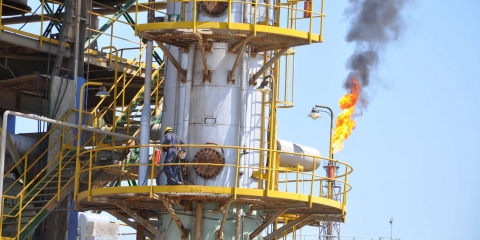Why the PKK is so interested in Mosul
After a weeklong campaign, the Islamic State (IS) captured Mosul on June 10, 2014, with the help of local supporters. That was the beginning of a new phase in the region. After putting Mosul under its absolute control, IS attacked Sinjar where Yazidi Kurds lived. Thousands of Kurds were killed and thousands were taken prisoner. The […]Mahmut Bozarslan writes for Al-Monitor:
After a weeklong campaign, the Islamic State (IS) captured Mosul on June 10, 2014, with the help of local supporters. That was the beginning of a new phase in the region. After putting Mosul under its absolute control, IS attacked Sinjar where Yazidi Kurds lived. Thousands of Kurds were killed and thousands were taken prisoner. The town fell under IS control. Shocked by this development, the Kurdistan Regional Government (KRG) moved to liberate Sinjar with the Kurdistan Workers Party (PKK) on its side. The PKK, which had shown special attention to Sinjar and the Yazidis for years, finally had the opportunity it was looking for.
The PKK joined the regional Kurdish forces and sent a 500-strong unit from its base in the Qandil Mountains to Sinjar. The PKK leadership announced that it would withdraw forces after liberating Sinjar.
But that is not what happened. After liberating Sinjar from IS, the PKK stayed put. The KRG warned the PKK to leave, but instead the group set up the Sinjar Resistance Units (YBS), composed of Yazidis, and settled in.
Sources close to the PKK say that the organization has boosted its manpower in the area to 5,000 militants. Although this number could not be verified, it is obvious that the PKK is organizing itself.





